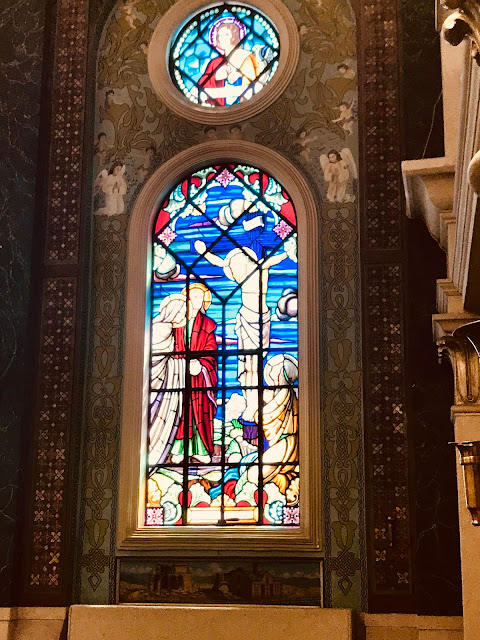 |
| Sister Jean - Chicago Sun Times |
Loyola, while not a perennial power, has had a history of basketball excellence. In 1963, Loyola actually won the NCAA Tournament. The announcers just announced that the 1963 team is the only Illinois basketball team to win a national championship.
I am waiting for the second game in which Michigan squares off against Florida State. Michigan is my team. Of course, I want them to win. But, honestly, I was equally if not more excited to see what Loyola would do against a very good Kansas State team. The game just ended. The final score is 78 – 62. They were an 11th seed in the South Region and now they are in the Final Four. Their next game will be against the winner of the Michigan – Florida State game. If Michigan wins, as I hope they will, I will want Michigan to win the next game versus Loyola but I will not be so disappointed if they don’t.
Loyola has won fourteen games in a row since February 2. They were ecstatic to have made the tournament. Their first game was against the 6th seed University of Miami. Everyone expected them to lose. They didn’t. They won it 64 – 62 with a winning shot as time ran out. Their second game was against Tennessee, the 3rd seed in the South region. Everyone expected them to lose. They didn’t. They upset the volunteers 63 – 62 with another game ending basket. It was getting crazy. Their third game, this past Thursday, was against the 7th seed Nevada. Folks were not so quick to favor Nevada. Loyola did win that game and did it again with a last-minute bucket to secure a 69 – 68 victory. They got to the Elite Eight by winning three games by a net margin of 4 points. Indeed it was crazy!
The Ramblers took it up a few notches in today’s game. They dominated Kansas State by securing a double digit lead early in the second half and never relinquished it. Here I am writing about them and I cannot name their coach or any of their players without resorting to Google. They are a true Cinderella story. They are even more loveable, story bookish, and special with the sudden celebrity of their 98-year-old chaplain, Sister Jean, who has been a fixture on the sidelines the entire tournament. 98 years old! She loves the team and the team adores her. At this point, the entire country enjoys this lovely lady and her amazing team.
The Michigan – Florida State game just started. The talking heads on TBS all think that Florida State is about to school Michigan. We shall see…

















